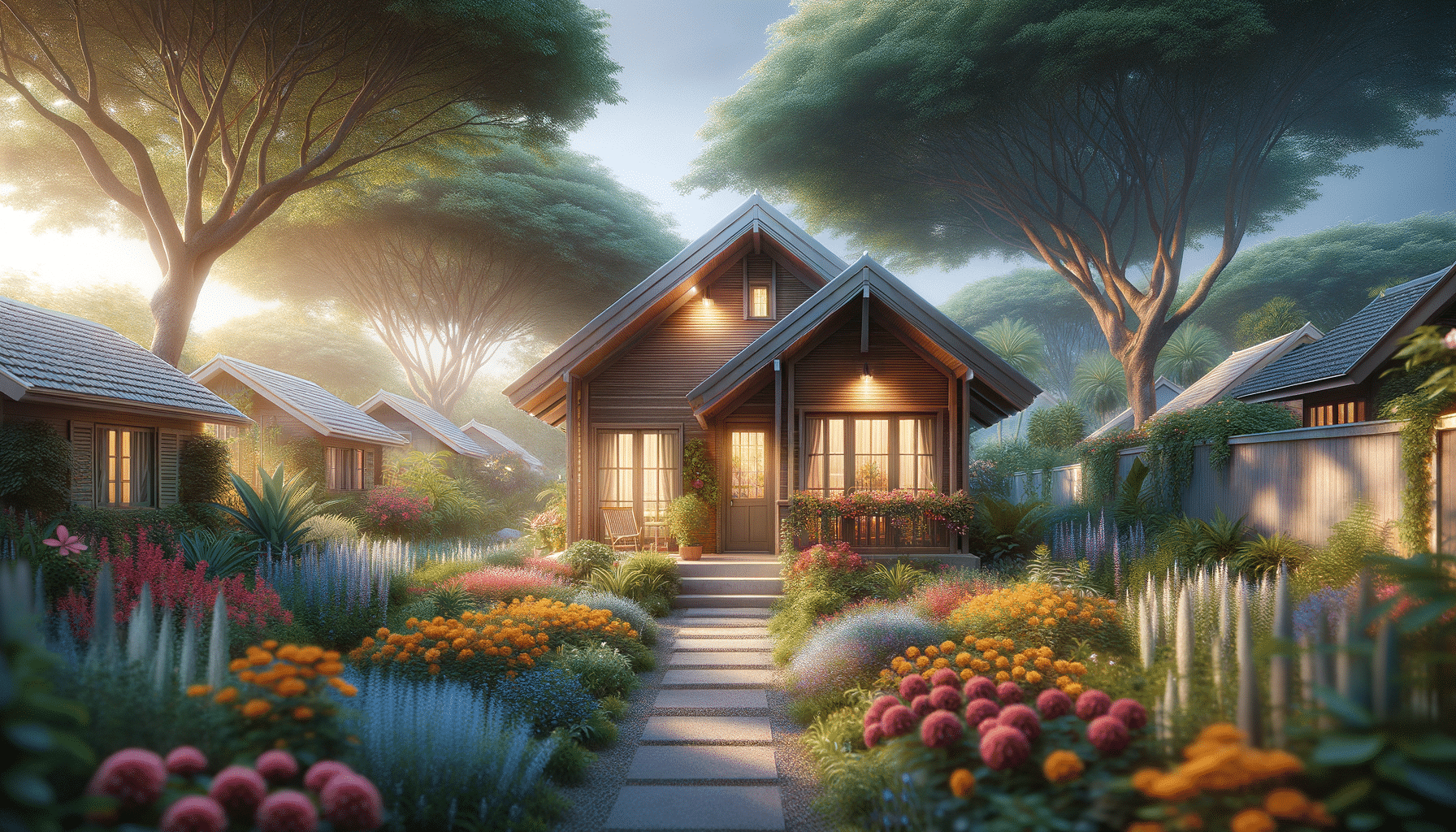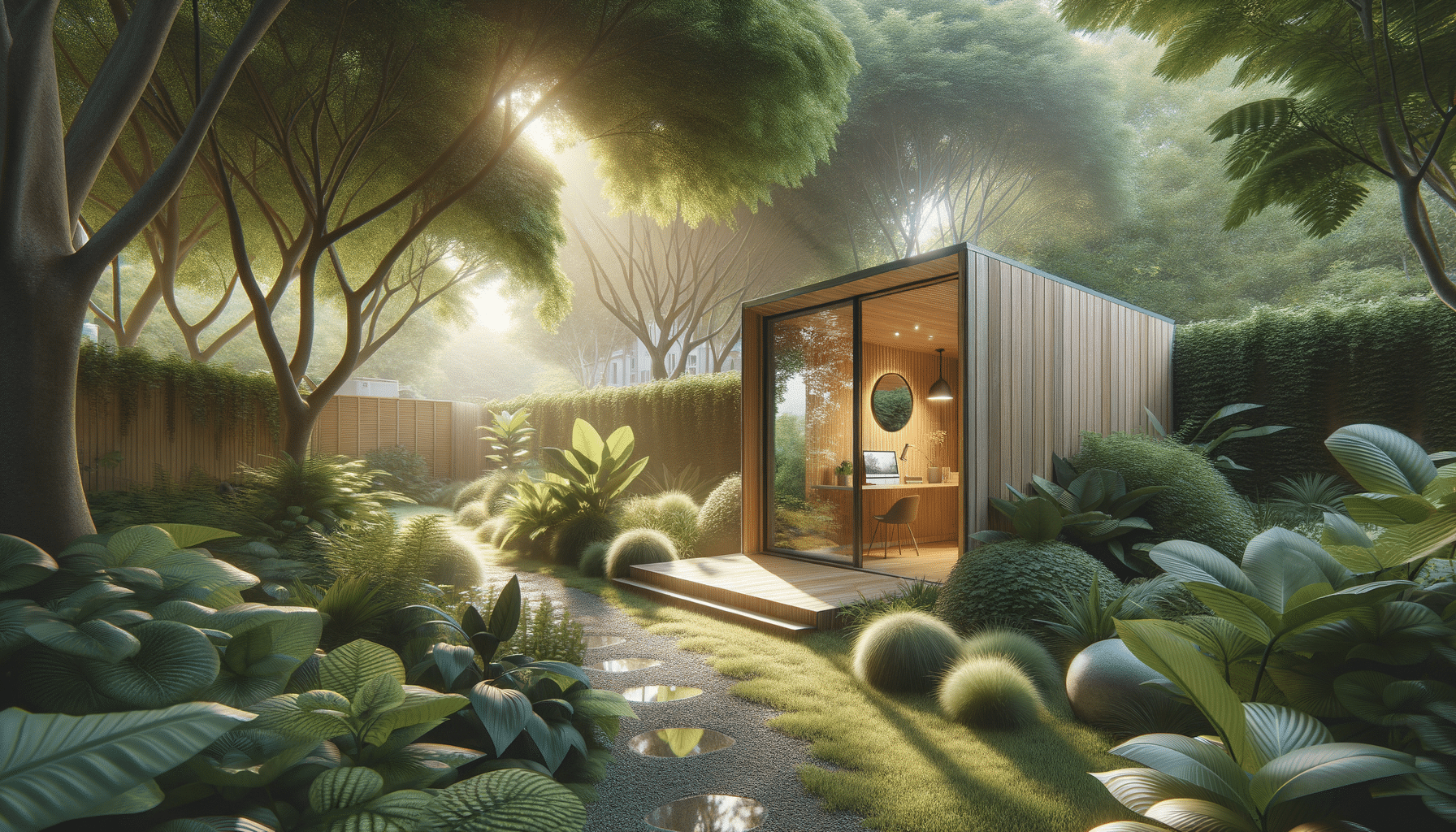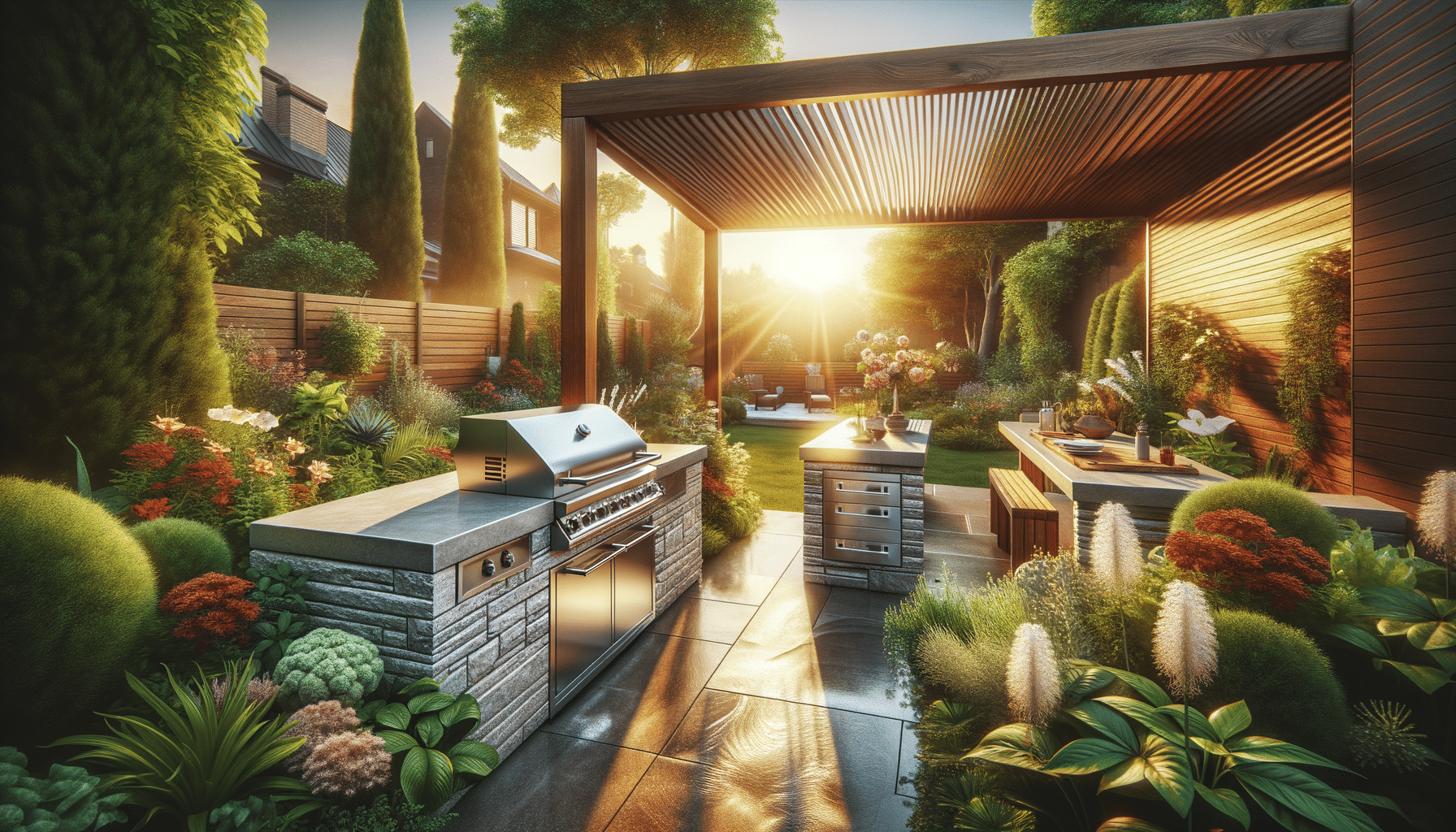
Small Houses for the Elderly: Designs, Benefits, and Living Options
Introduction to Small Houses for Elderly Living
As the population ages, the demand for housing solutions that cater specifically to the needs of the elderly is on the rise. Small houses designed for elderly living offer a practical and often necessary solution. These homes are not just about downsizing; they are crafted to enhance the quality of life by being accessible, safe, and adaptable to various lifestyles. In this article, we will delve into the types of small houses available for elderly living, explore essential accessibility and design considerations, and discuss lifestyle and community options that can significantly impact the well-being of seniors.
Types of Small Houses for Elderly Living
Small houses for elderly living come in various forms, each catering to different needs and preferences. One popular option is the tiny house, which typically ranges from 100 to 400 square feet. These homes are ideal for seniors who wish to minimize maintenance and reduce living expenses. With clever design, tiny houses can include all necessary amenities in a compact space.
Another type is the granny flat or accessory dwelling unit (ADU). These are small, self-contained units that can be attached or detached from a primary residence. They offer proximity to family members while maintaining independence, providing a perfect blend of privacy and support.
Additionally, co-housing communities offer small, private homes with shared community spaces. This setup encourages social interaction and offers a sense of community, which can be crucial for the mental health of the elderly. Modular homes are also gaining popularity due to their customizable features and quick construction times.
Accessibility and Design Considerations
Designing a small house for elderly living requires careful consideration of accessibility and safety features. Key elements include:
- Single-story layouts to eliminate the need for stairs, reducing fall risks.
- Wide doorways and hallways to accommodate mobility aids like wheelchairs and walkers.
- Slip-resistant flooring to prevent accidents.
- Lever-style door handles and faucets for ease of use.
- Grab bars in bathrooms and non-slip mats or tiles.
Lighting is another crucial aspect, with the need for ample natural light and strategically placed artificial lighting to reduce shadows and improve visibility. Smart home technology can also be integrated to enhance safety and convenience, such as automated lighting, thermostats, and emergency alert systems.
Furthermore, outdoor spaces should be easily accessible and safe, providing opportunities for gardening or simply enjoying nature, which can positively impact emotional well-being.
Lifestyle and Community Options
Choosing the right lifestyle and community options is essential for the well-being of the elderly. Many seniors prefer to live in age-restricted communities where they can socialize with peers and participate in community activities. These communities often have amenities like clubhouses, fitness centers, and organized events, fostering a sense of belonging.
For those who prefer a more independent lifestyle, living in a small house within a residential neighborhood can be ideal. This setup allows for interaction with people of all ages while maintaining privacy. Proximity to public transportation, healthcare facilities, and shopping centers is also a significant consideration.
Co-housing communities are an excellent option for seniors seeking a balance between independence and community. These communities often share resources like gardens, workshops, and communal kitchens, promoting collaboration and mutual support among residents.
Ultimately, the choice of lifestyle and community should align with personal preferences, health needs, and social desires, ensuring a fulfilling and comfortable living experience.
Conclusion: Embracing the Benefits of Small House Living
Small houses for elderly living offer a myriad of benefits, from financial savings to enhanced safety and comfort. By carefully considering the types of homes and incorporating thoughtful design elements, seniors can enjoy a high quality of life in their later years. Additionally, selecting the right community and lifestyle options plays a crucial role in fostering social connections and emotional well-being. As we continue to innovate and adapt to the changing needs of our aging population, small houses will remain a vital component in providing safe, accessible, and fulfilling living environments for the elderly.


